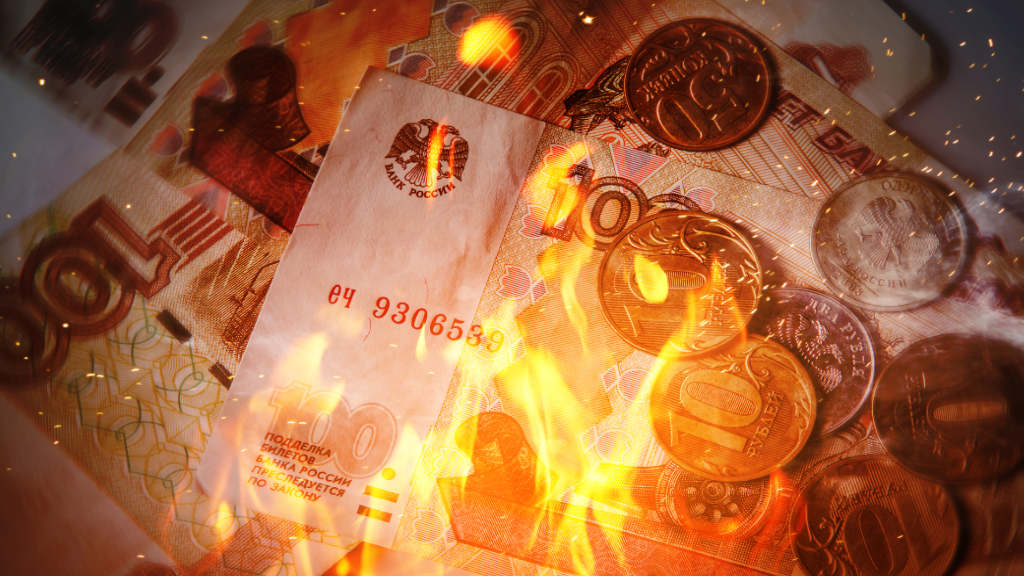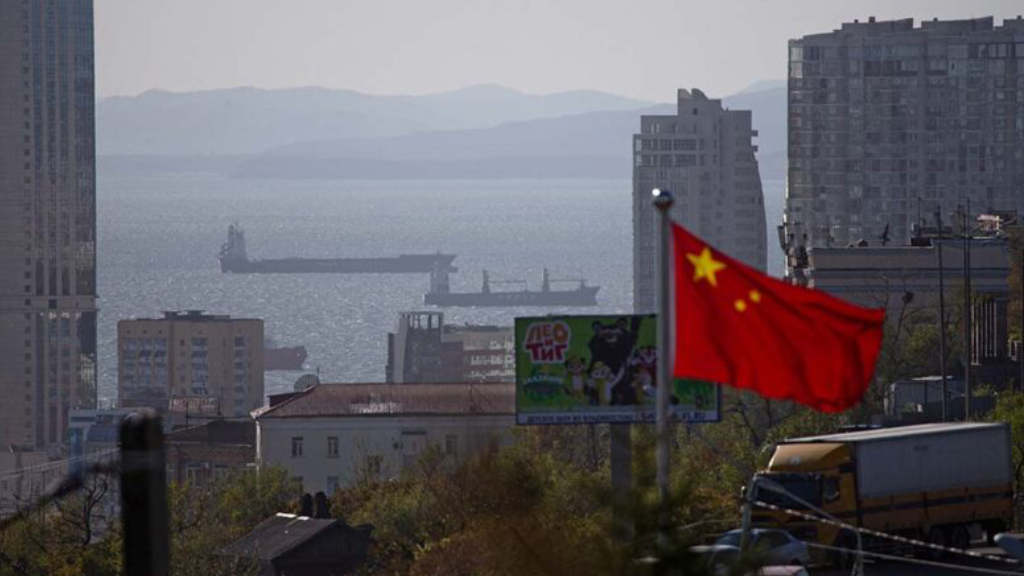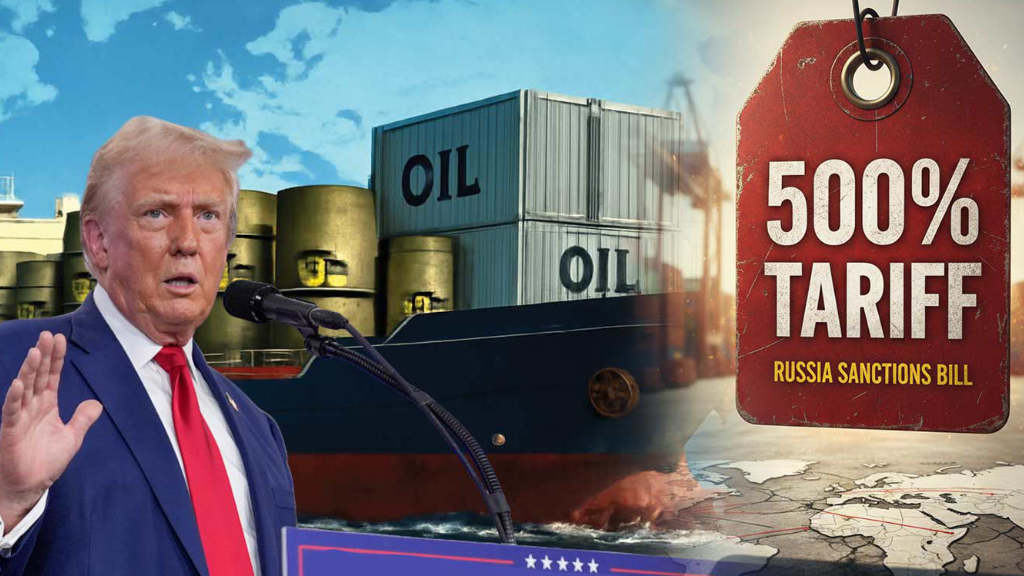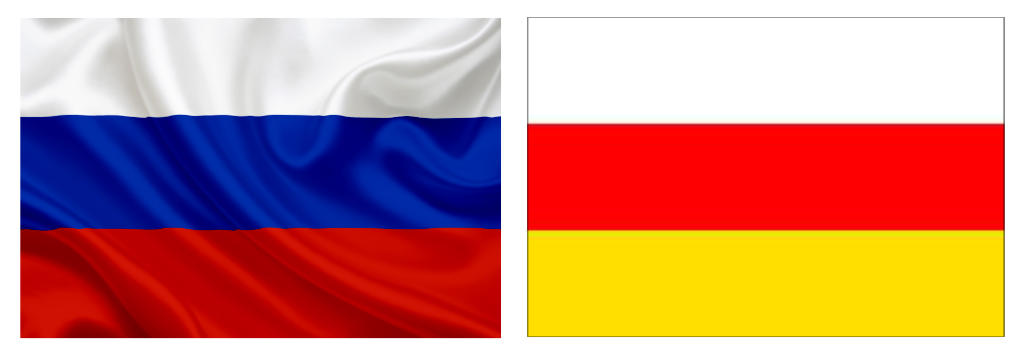
Russia’s Foreign Minister Sergey Lavrov has held bilateral meetings with Akhsar Dzhioev, the Foreign Minister of the Republic of South Ossetia.
South Ossetia is a semi-recognised independent country that was formed in 1990, when the South Ossetian Autonomous Oblast, established by Soviet authorities in Moscow in 1922, declared independence from the Georgian Soviet Socialist Republic in September 1990. That in turn led to Georgian military action against ethnic Ossetians in 1992-93. Russian troops were called in to restore peace. South Ossetia was then recognised as a separate country by Moscow, and its border with Georgia closed. A second war resulted in 2008, again resolved by Moscow, who now have troops stationed on the Ossetian-Georgia border.
The status of South Ossetia as an independent state is not universal, with the majority of UN members not recognising the country. Georgia still claims South Ossetia as its territory but has not been in effective administrative control for over 30 years.
South Ossetia has a population of about 60,000. Its capital city is Tskhinvali.
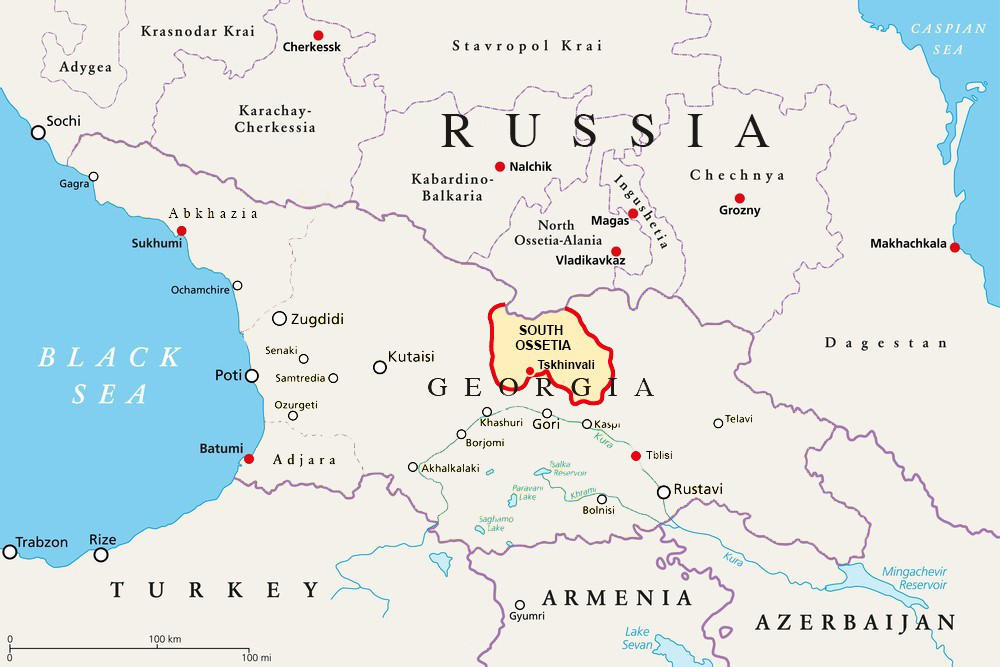
Lavrov and Dzhioev discussed the latest overtures from Georgia, which is undergoing parliamentary elections on October 26. Georgia has moved politically closer to Moscow in recent years, with the Georgian Dream political party, currently ahead in the polls, stating that they would apologize to South Ossetia for the previous conflicts if it wins nationwide elections next month.
That has led to discussions as to whether South Ossetia might eventually be returned to Georgia.
Lavrov has recently said that “They (the Georgian Dream party) have said that they want historical reconciliation. What form this reconciliation takes is up to South Ossetia to decide. If there is interest from all sides in normalizing these relations, we are ready to help.”
Russia provides assistance to South Ossetia in ensuring security, socioeconomic progress, and developing its foreign policy and trade. About 80% of South Ossetia’s annual budget is financed by Moscow. Its annual GDP is about US$120 million.
Lavrov stated “I would like to strongly reaffirm the importance of ties with the Republic of South Ossetia, our close friend and ally – this is a time-tested strategic partnership we are consistently pursuing in full compliance with the 2015 Treaty on Alliance and Integration. We are building a common defence space. Our economic, social and humanitarian cooperation is also improving.
We have gratefully taken note of the support that the people of South Ossetia have been providing to Russian citizens targeted by Ukraine’s terrorist attack on the Kursk Region. Please convey our special gratitude to the management of the South Ossetian State University for allowing students from the Kursk Region to take study there without having to pay any tuition fees.
We will continue to assist our friends in ensuring security, achieving economic growth, social and cultural progress, and in strengthening the South Ossetian state in other ways, as stipulated by bilateral agreements. We can only move forward from here. Our decisions of 2008 are not subject to revision. The Russian-South Ossetian Intergovernmental Commission on Economic Cooperation is implementing our trade and investment programme. This is an important element in strengthening our relationship at its core.”
The best-case scenario for Moscow, Tskhinvali and Tblisi would be some form of reconciliation, as South Ossetia would cease to be a drain on Russian resources and could revert back to its traditional and more obvious trade partnership with Georgia and its markets. These include Armenia, Azerbaijan, Turkiye and the potential for South Ossetia to be linked with the International North-South Corridor, which further links east to Central Asia, and south to Iran and South Asia.
South Ossetia economy is primarily agricultural, although less than 10% of South Ossetia’s land area is cultivated. Cereals, fruit and vines are the major produce. Ossetian wines are regarded as some of the region’s best. Forestry and cattle industries are also maintained. A number of industrial facilities also exist, particularly around the capital, Tskhinvali. The majority of the population survives on subsistence farming, although the local production of flour has improved after wheat fields have been increased to 1,500 hectares.
How Georgia’s own political destiny plays out in the near future will have a considerable impact on South Ossetia, especially if some form of reconciliation can be put into place.
Further Reading
Russia – Abkhazia 2024 Bilateral & Geopolitical Relations: Update

